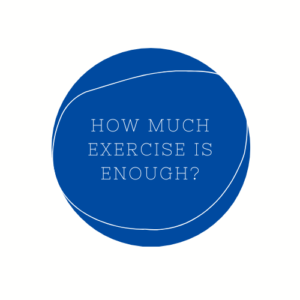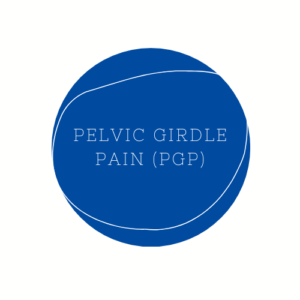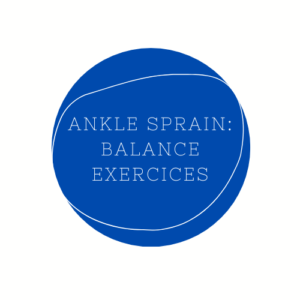The temporomandibular joint is formed between the mandible (bottom jaw bone) and the temporal bone of your skull in front of your ear.
Joint dysfunction occurs due to cervical spine stiffness, cervical postural abnormalities, night teeth grinding and clenching which cause overactivity of the chewing muscles (muscles of mastication), affecting their ability to function, causing joint stiffness and movement impairment.
Consequently, this leads to tightness of your chewing muscles, pain and clicking with opening and closing your mouth. On opening, you may have a visible deviation of your bottom jaw to the affected side due to the overactivity of the muscles and associated joint stiffness
It’s important to have an assessment to identify the contributing factors and provide an effective treatment to normalise your joint function. This can include treatment of your cervical spine and musculature, TMJ joint mobilisation and release of your muscles of mastication. To assist with jaw clenching, splints made up by Dentists might be appropriate.






